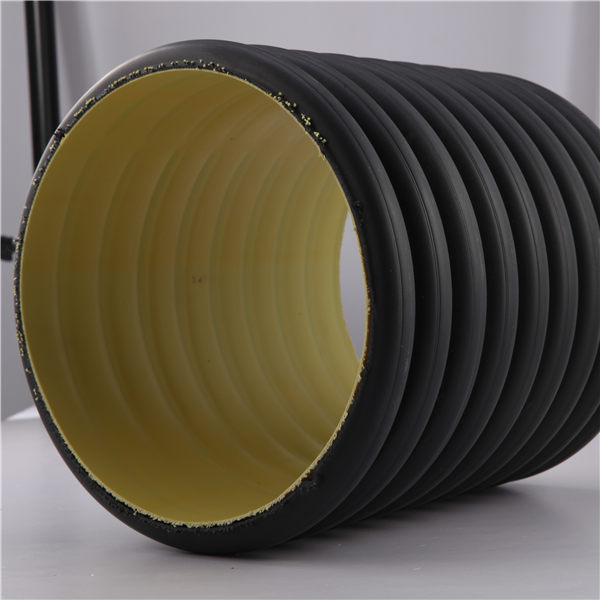অক্টো. . 22, 2024 15:17 Back to list
Understanding PVC Pipe Couplings and Their Applications in Plumbing Systems
Understanding PVC Pipe Couplings A Comprehensive Guide
PVC, or polyvinyl chloride, is one of the most widely used materials in the plumbing, construction, and manufacturing industries, appreciated for its durability, corrosion resistance, and affordability. Among the various components associated with PVC piping systems, the PVC pipe coupling is a crucial element that facilitates the connection of pipes, making it essential for various applications.
What is a PVC Pipe Coupling?
A PVC pipe coupling is a fitting that joins two sections of PVC pipes. It is designed to create a secured junction that can handle water flow while preventing leaks. Couplings are available in various sizes, styles, and configurations, allowing for versatility in application. They can connect pipes of equal or different diameters and can be used in various installations, from simple household plumbing to complex industrial systems.
Types of PVC Pipe Couplings
1. Socket Couplings Socket couplings are the most common type of PVC coupling. They have a female end that allows the male end of a pipe to be inserted into it. This type is generally used for straightforward connections where two pipes need to be joined directly.
2. Reducing Couplings These couplings feature one end with a smaller diameter than the other, making them ideal for connecting two pipes of different sizes. They are essential in systems where change in pipe size is required to accommodate varying flow rates or connection points.
3. Union Couplings Union couplings allow for easy disconnection of pipes for maintenance or replacement. They consist of three pieces two end pieces that connect to the pipes and a central section that can be unscrewed to separate the pipes without needing to cut or alter them.
4. Elbow Couplings While not strictly classified as couplings, elbow fittings are worth mentioning due to their pivotal role in plumbing systems. They allow the pipe to change direction, facilitating the layout of a piping system around obstacles or during construction.
pvc pipe coupling

Benefits of Using PVC Pipe Couplings
- Easy Installation PVC couplings can generally be glued or solvent-welded together with relative ease, making installation straightforward even for DIY enthusiasts. Proper preparation of pipe ends and application of the right solvents ensure a reliable bond.
- Corrosion Resistance PVC does not corrode like metal pipes, making it particularly advantageous in environments where moisture and direct contact with chemicals can lead to rusting and degradation.
- Cost-Effectiveness PVC pipe systems, including couplings, are significantly less expensive than alternatives made from copper, steel, or other materials, making them a practical choice for budget-conscious projects.
- Longevity PVC has a long lifespan, often lasting over 50 years without significant maintenance. This durability extends to the couplings, providing long-term reliability for piping systems.
Applications of PVC Pipe Couplings
PVC pipe couplings are utilized across numerous sectors. In residential plumbing, they are commonly found in drainage, waste, and vent systems. In agricultural applications, they are used in irrigation systems that transport water efficiently through fields. Additionally, in construction, PVC couplings are essential for electrical conduits and for protecting wires from moisture and external damage.
Conclusion
PVC pipe couplings serve as the backbone of countless piping systems, ensuring that water and other fluids flow efficiently and reliably. Their ease of use, versatility, and durability make them a staple in plumbing and construction projects. Understanding the types and benefits of PVC pipe couplings can help homeowners, DIYers, and professionals alike choose the right fittings for their specific needs. As technology progresses, innovations in PVC materials and fittings will continue to enhance their performance, contributing to more efficient plumbing solutions tailored for the modern world. Whether used in a simple home project or a complex industrial installation, PVC couplings will remain an integral part of effective pipe systems.
-
Durable HDPE Sheet | Versatile & Impact-Resistant Plastic
NewsAug.13,2025
-
Premium PVC Soft Sheets: Clear, Flexible & Durable
NewsAug.12,2025
-
Premium PVC Round Rods: Durable, Chemical Resistant, Easy to Machine
NewsAug.11,2025
-
PP U-channel: Chemical-Resistant, Lightweight & Durable
NewsAug.10,2025
-
Transparent PVC Pipe: Clear Flexible Tubing for Fluids
NewsAug.09,2025
-
Durable PP Rigid Sheet: Versatile & High-Quality Plastic Panels
NewsAug.08,2025

